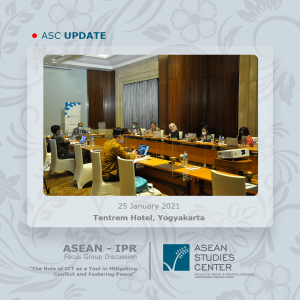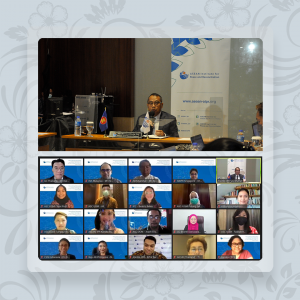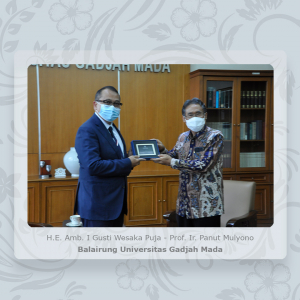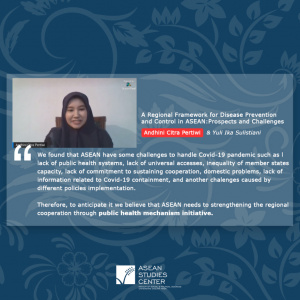By Truston Yu (Photo: Vindur, Polish Wikipedia)
For seven decades, the College of Europe has produced distinguished alumni members who had gone on to take up important posts in the European Union (EU) and its member states. With an increasing demand for ASEAN young talents well-versed in the region, could there be a “College of Southeast Asia” in the future? With Europe as an example, this article theorizes the creation of a postgraduate institution of similar nature in the Southeast Asian context.
The College of Europe was established in 1949 as one of the results of the 1948 Congress of Europe in The Hague. It was supported by significant figures from postwar Europe, such as Spanish diplomat Salvador de Madariaga and British prime minister Winston Churchill. The first campus is in Bruges, Belgium, where students study law, politics, or economics in an EU context. A second campus was established in Natolin (Warsaw) after the fall of the Berlin Wall, offering interdisciplinary programs. Both campuses offer year-long master degrees.
Under what is called the “College Formula”, students spend ten months living and studying together in an intensive yet nurturing environment. There are around 340 students in Bruges and 130 in Natolin, making for a tight-knit community. Despite the short duration of the program, there is a solid alumni network across cohorts and countries. For non-European audiences, one of the most well-known alumnus would be Former British Deputy Prime Minister Nick Clegg.
As of today, the College’s existence may seem perfectly logical and reasonable; yet it is worth noting that at the time of its inception, conflict was still perceived to be the norm in the European continent. Memories of a war-torn Europe were still very fresh, and the creation of such a College was at the time a radical initiative. It has been several decades since the last time a war was fought between countries in Southeast Asia, the execution of such a project would be far less controversial here. In fact, the creation of this College would go in line with ongoing efforts of the ASEAN Community and the Narrative of ASEAN Identity.
In some sense, the College of Europe could be seen as an academy for civil servants serving in the European domain. Henri Brugmans, a former Rector of the College of Europe in Bruges, believed that one of the purposes of their purposes was to “train an elite of young executives for Europe”. Indeed, many graduates have gone on to take up executive roles in organs under the EU framework, or enter the foreign service of their home countries with a focus on EU affairs. However, this is not absolute, and there are still others who chose different paths, such as think tanks and consultancies.
With ASEAN integration taking place at an exponential rate, there would certainly be greater demand for staff members in ASEAN affairs: whether it is in the ASEAN Secretariat and associated entities, the respective directorates under the foreign ministries of ASEAN member states, or even non-governmental organizations and private corporations.
Southeast Asia is, without doubt, the most diverse region on earth in many ways: countries differ in language, religion, political systems, and many other categories. Such diversity requires a nuanced understanding of the region, especially for those whose work is related to specific countries or the ASEAN as a whole. When external parties like Korea and Taiwan have been stepping up their engagement and research on Southeast Asia, this region also needs to train more local professionals with regional expertise – it could only make sense that Southeast Asians ourselves must get to know our own region better than foreign observers. Southeast Asian governments, particularly, could benefit from equipping their brightest young professionals with a regional vision.
Due to both internal and external factors, there is a clear urgency for such a College. This College would also equip classes of regional-minded students with the expertise and connections to take over the reins of an increasingly interconnected ASEAN; Naturally, graduates of the College would act as de facto regional ambassadors to spread the word of Southeast Asia to the domestic populace as well as foreign audiences. For non-Southeast Asian students, the College is an entry-point for them to get to know this region from within.
During Singapore’s ASEAN chairmanship in 2018, the Centre for International Law at the National University of Singapore began an initiative known as the ASEAN Law Academy. The Academy is a “cross-disciplinary master’s level intensive course aimed at those working in the fields of politics and governance, economics and law.” It appears to be the closest resemblance to something like a College of Europe, but at a shorter and smaller scale geared towards established professionals.
A College of Southeast Asia could be set up from scratch or based on existing institutions. The S. Rajaratnam School of International Studies (RSIS), for example, has long been seen as an institution for aspiring diplomats and strategists of the region. The ISEAS-Yusof Ishak Institute, also based in Singapore, is renowned as the world’s leading institution for Southeast Asian Studies. At any rate, the expertise is already well-established, there needs to be an institution with institutionalized degree programs utilizing the existing resources.
Perhaps most importantly, what would a College of Southeast Asia experience look like for its students? I had the honor of interviewing Emma Vermunicht, recent alumna, and former Student President of the Natolin campus. In Emma’s opinion, the best part of the College of Europe lies not in the coursework per se but the whole community in general. “For the academics, I could have gone to any other institution,” It was the community-building experience that is irreplaceable: “We had just 138 students in our cohort, coming from all different countries.” In many ways, this community reflects what real life is like in the EU.”
A College of Southeast Asia must be able to offer its students something beyond academic skills and knowledge. After all, there are already prominent institutions on Southeast Asian Studies such as Kyoto University and the University of Sydney, and their longstanding tradition in the field would attract students with academic interest. Like the College of Europe, the Southeast Asian counterpart must endeavor to create a conducive community on campus for students, which extends into an alumni network as they graduate. It could also serve as a feeder for internships and officer positions in organs such as the ASEAN Secretariat, the ASEAN Foundation, and other affiliated entities such as the Master of Arts in Transatlantic Affairs (MATA) between the College of Europe and the Fletcher School of Law and Diplomacy in the United States, the College of Southeast Asia may feature partnerships that allow for comparative studies.
With imaginations based on the College of Europe, this article has painted a picture of a hypothetical College of Southeast Asia. Irrespective of the precise form this may take place, the creation of a postgraduate institution on Southeast Asian affairs would be tremendously helpful towards nurturing a new class of young professionals to lead the region.
Truston Yu is a research assistant at the University of Hong Kong. Their research interests include Southeast Asian Studies and the teaching of this discipline. They could be reached at their e-mail: trustonyuofficial@gmail.com

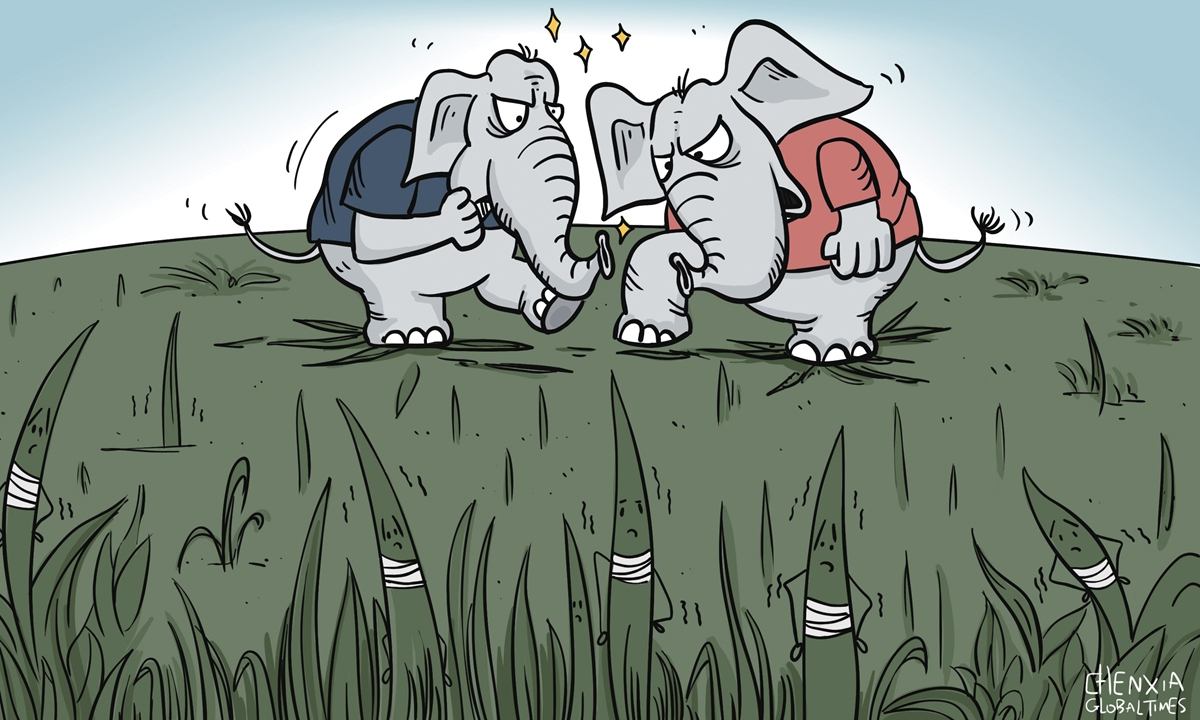
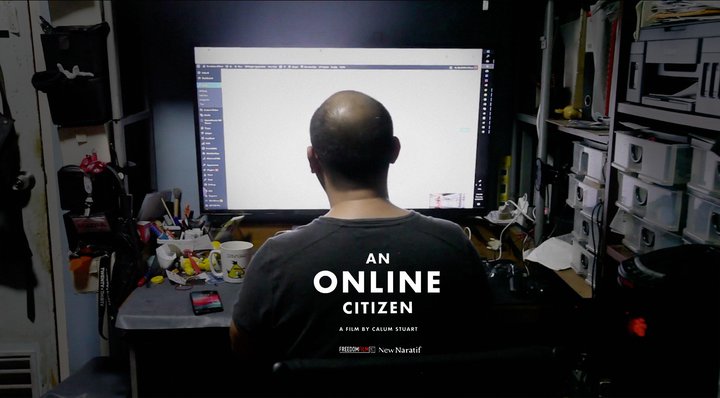

 “Standing on the Edge of a Thorn” is an intimate portrait of a family in rural Indonesia grappling with poverty, mental illness, and participation in the sex trade. The movie has succeeded in portraying how gender violence issues happened. During the discussion, Dr. Robert Lemelson, Ph. D has highlighted that this movie has brought up the issue of gender violence, which was previously considered a taboo subject to be discussed by the public. Even though the problem is happening a lot and affects the psychology of other family members, it is still considered taboo to bring up this issue. Ninik Supartini, M. Si. has also stated her efforts to approach people to recognize gender violence. According to her, gender violence is a structural issue and requires a prolonged approach to resolve it. Indiana Puspa Dewi, S.S., MA, a Ph.D., has also stated the importance of maximizing the village’s cultural background and situation to handle cases of gender violence in the community. The discussion also became more interesting with the Q&A session with participants of this movie screening.
“Standing on the Edge of a Thorn” is an intimate portrait of a family in rural Indonesia grappling with poverty, mental illness, and participation in the sex trade. The movie has succeeded in portraying how gender violence issues happened. During the discussion, Dr. Robert Lemelson, Ph. D has highlighted that this movie has brought up the issue of gender violence, which was previously considered a taboo subject to be discussed by the public. Even though the problem is happening a lot and affects the psychology of other family members, it is still considered taboo to bring up this issue. Ninik Supartini, M. Si. has also stated her efforts to approach people to recognize gender violence. According to her, gender violence is a structural issue and requires a prolonged approach to resolve it. Indiana Puspa Dewi, S.S., MA, a Ph.D., has also stated the importance of maximizing the village’s cultural background and situation to handle cases of gender violence in the community. The discussion also became more interesting with the Q&A session with participants of this movie screening.